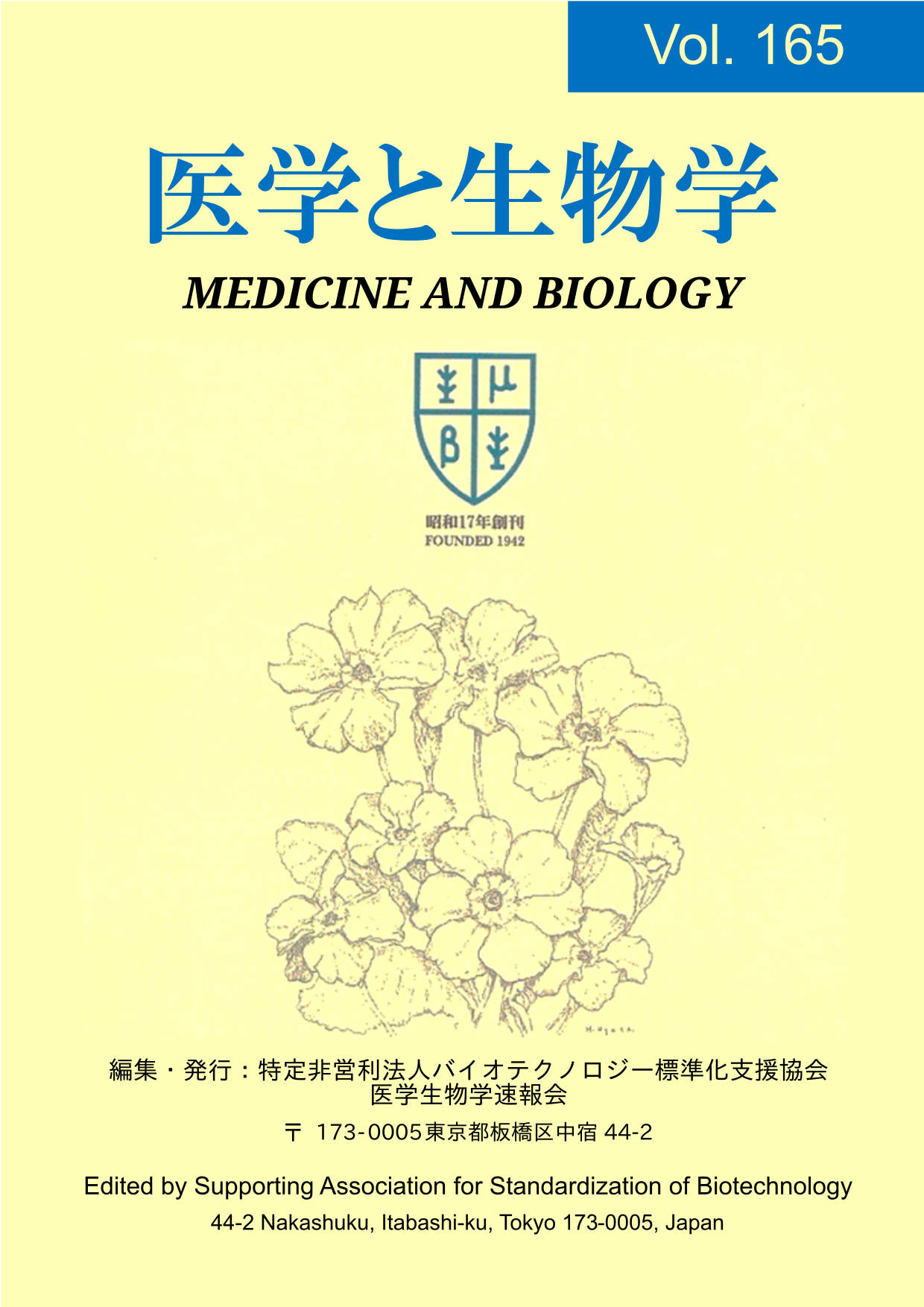Impact of differences in neck angle on tongue pressure and motor function of the tongue and lip in young, healthy people
Keywords:
tongue pressure, oral diadochokinesis, angle of the neckAbstract
Changes in the head and neck angle influence muscle activity and swallowing. However, the effects of these changes on tongue pressure and motor function of the tongue and lip are unknown. This study aimed to clarify the extent to which changes in neck angle bring about changes in tongue pressure and motor function of the tongue and lip in young, healthy people.
Twenty healthy individuals (mean age 20.3 ± 0.7 years) in a reclined sitting position of 45° had their neck angle set with three conditions: 30° neck flexion, intermediate position (0° flexion and extension), and 30° extension. Tongue pressure and oral diadochokinesis were measured in each posture.
The results revealed that the mean maximum tongue pressure was highest overall and for males and females at a mild 30°neck flexion. Additionally, there was a significant difference in tongue pressure for males between 30° neck flexion and 30° neck extension. The mean oral diadochokinesis was highest overall in the intermediate neck position overall and for both males and females. No significant differences were observed between each condition. Additionally, no significant differences between sexes were observed for tongue pressure and oral diadochokinesis.
The study’s findings showed that temporary changes in neck angle hardly affected tongue pressure and motor function in the tongue and lip in young, healthy individuals. However, abnormal posture is developed gradually, so the effects of chronic posture need to be considered.


